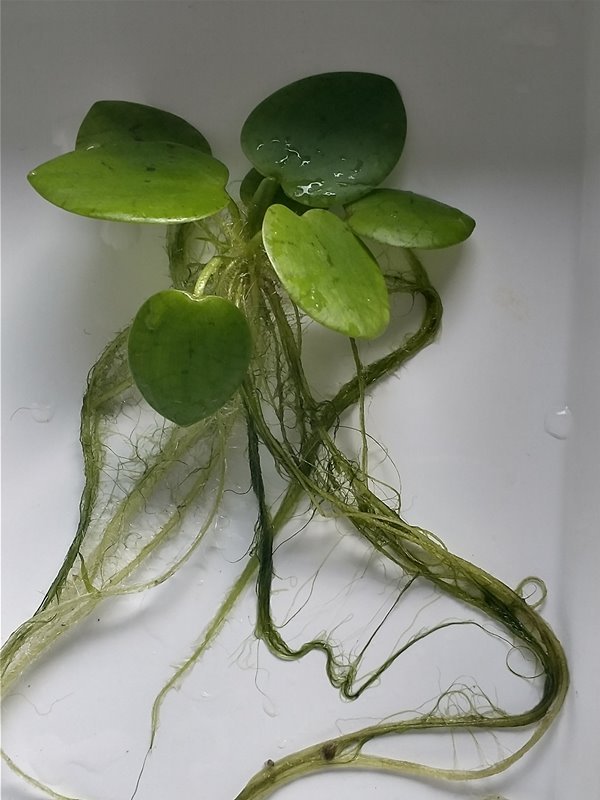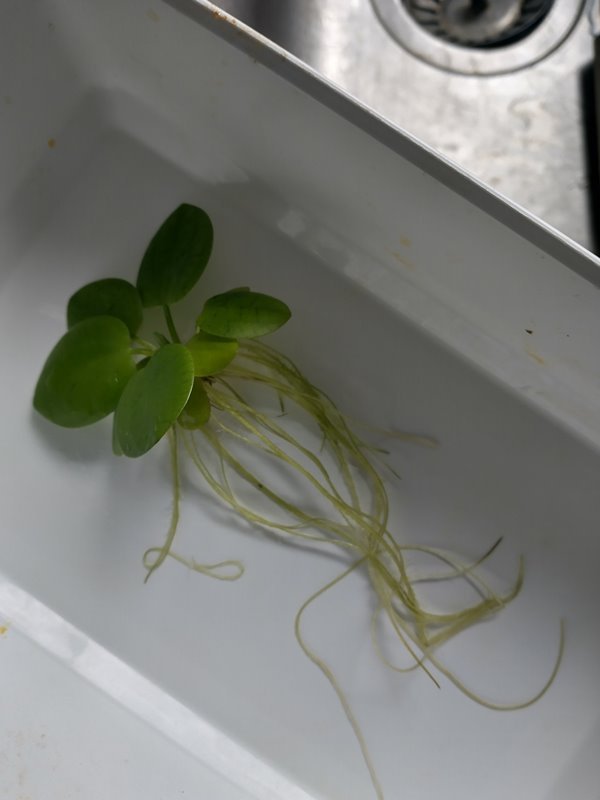Hi all,
I don't think I have any "Northern River Shrimp" Crangonyx - <"Live food culture - Crangonyx pseudogracilis"> left in the <"tanks with fish">, but I have a "spare tank", until it goes to @megwattscreative, with plenty present and I tried putting a Frogbit (Limnobium (Hydrocharis) laevigata) plant, with some green algae on the roots, in with them to see what happened.
This is the result:
Before

After

So I'm looking on that as a success.
Cheers Darrel
I don't think I have any "Northern River Shrimp" Crangonyx - <"Live food culture - Crangonyx pseudogracilis"> left in the <"tanks with fish">, but I have a "spare tank", until it goes to @megwattscreative, with plenty present and I tried putting a Frogbit (Limnobium (Hydrocharis) laevigata) plant, with some green algae on the roots, in with them to see what happened.
This is the result:
Before

After

So I'm looking on that as a success.
Cheers Darrel
Last edited:






